We first had to start this project by identifying 3 issues in our neighborhood. Either public or specific personal issue. The three issues I identified were:
1- The reputation of wealth in the Upper East Side that can put some of the Upper East Siders in trouble.
2- Homelessness in the Upper East where you see the same people in the exact same spot every single day.
3- A personal issue of an old man who works as a tailor in my neighborhood, and is treated badly by his family.
However, the issue that I decided to address was completely different. When I presented the idea to my teacher, she suggested I talk about nature and the lack of green space in the Upper East Side, if it actually exists, since she saw my interest in nature from my neighborhood photo blog, so I did.
I started researching the problem, and it turned out that the Upper East Side does suffer from lack of green space. This is also proved in the map below, where you can see parks all over the city and few of them take place in the Upper East.
According to this I started to research more to find more interesting facts and information to start writing the paper. This also made me think of the design I’m supposed to do to address this issue, find a solution, or bring awareness to it. For the research paper I mainly focused on papers, articles, and books as a source. It was kind of difficult to find resourses that matches the topic, so one thing my seminar class teacher suggested is for us to meet with a librarian, and I did. She helped me find resources, taught me how to use the university library website, and told me about other websites I can find sources in. Those sourses helped me develop my ideas in my research papers and gave me facts I did not know about. However, researching for a garment design idea is different. I started going through Pintrest to pind inspiration. I pinned all the photos that inspired me in the design in the color, material, texture, and the whole design, until I came up with few ideas.
I decided to make a design that is created plants and greens to show connection between the design and the issue, also I thought of the way of representation to bring awareness to the issue and make it draw people’s attention. My design statement makes my idea of design and representation much clearer:
The green spaces in the Upper East Side are fewer than in other neighborhoods; it could be because of the existence of Central Park. I would like to bring awareness to the issue by designing a piece that represents the beauty of nature and its growth. A model will wear the dress on Madison Avenue, changing concrete to grass, creating an extraordinary look to draw public attention.
For my final design, I started off with 3 black and white sketches to develop some ideas for it. They all have the idea of using plants, leaves, and flowers fo create a garment. The difference is in the shape and the cut of the garment design.
Next, I did a mood board that also have a color palette in it. The Mood board shows organic form, shapes, colours, and texture. The color palette is involved in the board where it shows shades of green as the main color and shades of spring colours.
As for the fabric research, I went to a fabric store in garment district that is called “G & R Fabrics”, it is located in 39th street between 7th and 8th avenue. I got 3 samples of fabric as shown in the picture below.
Starting from the right, I picked a white cotton fabric to make flowers. It costs $12 per yard. I added pink color to it to give it this gradient look that helps give the flower a nice color, especially if they were roses. Next to it is one of my selections of trims. Small artificial flowers that I can add instead of fashioning my own flowers. The green fabric is stretchy cotton that I chose for the green leaf skirt. It costs $12 dollars per yard. The leaf next to it is the other trim I picked, which I thought I can use with the flowers to give the design a feeling of more growth and add more green color to it. And finally, dupioni silk. It costs $25 per yard. I thought It’s a good fabric for the skirt, however, I couldn’t find the right color so I took the closest color available.
After that I went right ahead and started my 3 final colored illustration after developing the ideas I had sketched earlier. The idea was to design a skirt that looks like a huge leaf, that is also long enough to reach the floor, to make it attach to the grass in the picture as if they were growing from the same ground. The final illustrations came out looking like this:
- The first idea was to have a top that looked like a rose to give the design some volume and show the organic shapes clearly.
- The second one was to have flowers on the top that kind of looks like a flower bouquet, but more importantly, it was growing with the leaf.
- The final illustration is similar to the second one, exept that the stems are showing to verify the idea of growth.
The next step was to choose a design to go with, and I chose the last illudtration design. Then I started working on it to make a wearable garment. Here is some pictures of the work in progress:
- I firsst connected two long sheets of paper and colored them using acrylic colors to give it the leaf effect,
- After it dried out, I cut the shape of the leaf to finalize the front shape of the skirt.
- In order to let the leaf skirt stand in the front, I had to attach it to a mini-skirt. I bought a white skirt from H&M and coloured it in the same colors I used for the leaf itself.Then, I attached it to the leaf using glue gun.
- I also bought a cotton T-shirt, cut the sleeves, and shorten it from the bottom to make a cropped top that fits the high-wasted leaf skirt.
- For the flowers, I tried the same paper I used for the leaf but it didn’t work. Then, I decided to try out tissues, and it surprisingly worked very well. I had 30 of those flowers and got it ready to be attached to the cropped top.
- Finally, I distributed the flowers in a way that gives if a feeling of growth from the bottom. I used the same shade of green to paint stems on the cropped top to give it some kind of connection.
After completing the prototype, I took pictures of from all sides as shown in the pictures below:
- Front view.
- Back view.
- Left side view.
- Right side view.
As from this point I was ready to take the final picture and represent it to the neighborhood to see whether the idea is understood or not. So I did took the photo and edited it the way I wanted to represent it to my neighborhood as shown below. It shows an urban busy space that has grass ground, which is impossible to find.
However, my teacher suggested that the picture has too much color that it’s distracting, and I should make the background black and white, or change the size of the model and make it bigger. I like the size of the model in the picture so I decided to go with making the background black and white. It’s also because I agree that it’s too much colors and the concept is being lost with it, and the results was as shown below. I Think that the idea and the concept behind it became more clear when I turned the backgroung to black and white, because all the focus now is on the design and the grass, which makes the idea clearer.
For the presentation, I decided to print the final stylized photo, so that people can get the full idea after adding the grass to the floor, and present it like posters that can be distributed to people in the Upper East Side.
After showing these posters to the Upper East Siders, I realized they don’t realize the problem of lack of green space and thought that it is just a creative or a different way to represent a design. People didn’t really realize where this is or why this is presented this way. However, after explaining the idea, they realized the existance of this issue and thought it was a good way to bring awareness to this issue. A woman also suggested adding a caption to it or write something to make it easier for people to fully understand the idea as I explained it to them.
Last but not least, this is my final research paper for my neighborhood issue:
Lack of Green Space in the Upper East Side
The Upper East Side is huge neighborhood that is located in the east side of Manhattan. It occupies most of the east side in Manhattan starting from 59th street to 96th street, and from Fifth Avenue to the riverside. The Upper East Side is known for it’s sophistication, wealth, and high-class reputation. This is because of the upper class, famous families who too residence there, like Kennedys, Rockefellers, Roosevelts, and Whitneys.[1] This is also reflected in the luxurious buildings, architecture, and residents. Ever since the Upper East Side existed, Urbanism had taken over it, causing lack of green spaces in the area, which according to John S. Berman, is blamed on Central Park being there to serve the Upper East and all the neighborhoods that surround it like the Upper West Side, Harlem, and Midtown.[2] However, the other neighborhoods that surround Central Park does not suffer from the lack of green spaces like the Upper East Side. We can’t say that the Upper East does not have any parks, but a huge part of it does not contain any parks, which is from 69th to 89th street, and Madison Avenue to York Avenue. This Space is enough to say that it suffers from lack of green space, specially the space that is located in the middle of this area.
The Map below shows a clear difference in the amount of green space in the Upper East Side compared to the other neighborhoods all around Manhattan.[3] The existence of Central Park in the middle of Manhattan gives a feeling of balance in the green spaces in it, but the division of the blocks and the streets, the urbanism that is taking over, and the busy life style the New-Yorkers have makes it hard for them to walk long distances to get to a park. As you can see, Downtown Manhattan has many large, famous parks like Union Square Park, Washington Square Park, Madison square Park, Battery Park, and of course, the Highline; which is a railway that has been transformed to a beautiful Park. One would probably think that this is because it is far from Central Park, and it’s true. However, the other areas that are close to Central Park have many parks. The Upper West Side has Damrosch Park, Theodore Roosevelt Park, which is very close to Central Park and shows no problem in having another park close to it; and finally, a huge park along the riverside. On the other hand, the Upper East Side has few parks, and they are very small in size as you can see in the following map.
The existence of Central Park in the middle of Manhattan gives a feeling of balance in the green spaces in it, but the division of the blocks and the streets, the urbanism that is taking over, and the busy life style the New-Yorkers have makes it hard for them to walk long distances to get to a park. As you can see, Downtown Manhattan has many large, famous parks like Union Square Park, Washington Square Park, Madison square Park, Battery Park, and of course, the Highline; which is a railway that has been transformed to a beautiful Park. One would probably think that this is because it is far from Central Park, and it’s true. However, the other areas that are close to Central Park have many parks. The Upper West Side has Damrosch Park, Theodore Roosevelt Park, which is very close to Central Park and shows no problem in having another park close to it; and finally, a huge park along the riverside. On the other hand, the Upper East Side has few parks, and they are very small in size as you can see in the following map.
Being in a green space has much affection on people, physically and psychologically, which tells us how important it is. The existence of green space means more planting, more trees, more flowers, and a bigger natural space; and this is the beginning of growth in the environment; it is the beginning of the life cycle. I went to the corner of 80th street and 2nd avenue, where it is pretty much the middle of the area where no parks exist in the Upper East Side; I interviewed a 38-year-old woman as she was coming out of her building with her dog, Brownie. I asked her about the importance of green spaces, and whether she believes it has any psychological affection on people, she replied by saying: “Of course I do! Many people including me go to Central Park or any other park to chill and relax. It kind of sets your mood, especially when spring hits”.[4] It is, in fact, relaxing to spend a day at the park in a good weather, this is why Central Park gets crowded on Saturdays and Sundays, especially when it’s spring or fall. It is also so inspiring that famous poets wrote about nature and many of them used it as their man=in inspiration, The poet Emily Dickinson, born in the 1800s, is one of the poets who used nature as their inspiration, one example of her nature-inspired poems:
A Light exists in Spring
Not present on the Year
At any other period —
When March is scarcely here
A Color stands abroad
On Solitary Fields
That Science cannot overtake
But Human Nature feels.
It waits upon the Lawn,
It shows the furthest Tree
Upon the furthest Slope you know
It almost speaks to you.
Then as Horizons step
Or Noons report away
Without the Formula of sound
It passes and we stay —
A quality of loss
Affecting our Content
As Trade had suddenly encroached
Upon a Sacrament[5]
There’s also the physical benefit of the green space. Some people take picnics to parks with their friends, some take their dogs for a walk, and some take their kids to play and run around, and others go to run or jog; which brings us to the physical affection of green space on people. Green spaces are the perfect environment for people to do sport, no matter what it is. It is filled with green plants that produce oxygen, which provides a clear, fresh air for one to breathe, but there has to be enough space for people to do the sports they usually do, like jogging and running. However, the urbanism that has taken over made it absolutely ordinary for people to jog and run crossing streets. Also, I asked the interviewee how far would she go to do sports in the park and she said: “I think 3 blocks are fair enough”.[6] So I’m assuming that people, specially in the area where there is no parks, run and jog in the streets, because either they are too lazy to go to the park, or because they don’t have enough time to go there due to the very busy schedules New-Yorkers have.
The lack of green space in the Upper East is not an issue that appeared suddenly, it was there ever since the Upper East Side existed. It is probably because of the zoning plan the government have had, which focuses more of the streets and buildings more than green spaces, and relying on Central Park as the green space, that according to them would serve a whole neighborhood. This caused the Upper East Side to be too urban; and ironically, Matthew Gandy wrote in his book “ Concrete and Clay: Reworking Nature in New York City”, that natural materials, like wood for example, had been reworked to produce urban products. It had a big impact on the urbanization that has happened in the city, and you can see it all around in the architectural designs for example, in churches, governmental buildings, theaters, and many more.[7] This brings us back to the nature being the base of everything in our life. The growth of nature is the growth of the environment and everything that surround us, no matter what it is, because most of it start from something in nature, or a big part of has something to do with nature; it is also a part of our progression in life.
This issue has a huge affection on the environment, which means that it affects mostly all living creatures. A green space keeps the air clean in the area. An urban city like New York, which has most of its land built or covered in concrete, needs those green spaces that helps cleansing the air, due to the polluted environment it has that is caused by the crowd and the cars’ gas. Having a little well planted and well-taken-care-of green space would have a positive affection in the environment of this area. This also affects human beings and animals; the interviewee has agreed on the point that it has a positive, psychological and physical affection on children, adults, and seniors. Also, people would rather walk their dogs in a green space where it could benefit both the dog and the walker. However, New-Yorkers got used to the urban, city life, and due to the huge numbers of dogs in the city they started considering New York as a city for human and dogs, as the interviewee said about New York: “I mean this is for people and dogs, and walking him down the streets is not a problem. New York is New York”.[8] Another problem is that New-Yorkers are just adapting with this urban life, forgetting all about their health and the environment, when most of them apply that they care about it so much, and you can see that in them. Specially in the Upper East Side, gyms are full, people are always running and jogging in the streets or Central Park, many would prefer to across town to get their groceries from Whole Foods because it’s “Organic!” that they opened a new branch in the Upper East to make life easier for the Upper East Siders, and recycling bins are everywhere, but they don’t ask for more green spaces that would enrich a healthier environment. This could be because of their social class and their wealth. They have their own believes that they grew up with, but they don’t think about improving it or so. One would probably think that a tiny little green space would not change anything, and this could be true, unless they were many and they were distributed all around the city, or the neighborhood equally. A known quote says: “A little goes a long way”, it pretty much sums up what I’m saying. The Upper East Siders go all the way downtown where the nice known parks take place, just to enjoy the parks in a good day if they wanted a change from Central Park. The thing is that those parks that are located downtown offers exactly what Central Parks offers, in addition to the nice shops and restaurants that surround it.
Many of the Upper East Side residential buildings have rooftop gardens. I don’t know if this is a replacement of the green spaces that lacks in that area, or is it just for luxurious and pleasure purposes. As I was searching for this topic I got invited to two rooftop gardens that are in my friend’s building in the Upper East Side, it made me think that this could be a replacement, because I think if there was a park or a green space close from this building the landlord wouldn’t have even considered the rooftop garden. It also depends on the type of building; if it was one ordinary building in the middle of the Upper East Side we can say that the rooftop replaces the parks that don’t exist around. However, if it a was a luxurious building that is located in Park Avenue, we can say that it it’s for the purpose of luxury and pleasure. I asked the interviewee about her point view of those rooftop gardens, she replied by saying: “It’s nice for having people over when the weather is good. It’s good for relaxing and chilling, there’s more privacy there. Brownie likes it there too, he likes to walk around and play with my friend’s dog, but it’s definitely not a place for jogging”.[9] She applied that the rooftop gardens benefits the psychological part of the human being, but it’s not helpful for the physical part. She also said it’s a place to take your, however, I still think that you would have to walk him in the streets. This is one of the solutions to our neighborhood issue. It has its positive and negative sides, but it’s still better than having nothing. At least, people can hang out there to chill and get their minds of the busy life they have. In addition to having a good space to gather up with your friends and get some fresh air. People can always take advantage of those rooftops to plant and benefit the environment and themselves. We should take those replacements and solutions to our advantage, because if we were aware of the issues that surround us and did something about it, we’ll bring enough awareness to others.
Urbanism should not be a problem, it is true that affects the environment negatively, but our whole point is to find solution by extending the areas of green space in the Upper East Side. The neighborhood definitely needs more space, but the zoning plan of the neighborhood makes it inadequate having more green spaces, or even open space.[10] So, after the small efforts we make to help solve this issue, a major change must happen in the zoning plan for this problem to be solved. This is a big step that the government must take. However, this could be to the disadvantage to many residents or landlords in the Upper East Side, because it will include tearing down some buildings to give enough space for parks. The Upper East Side is pretty much occupied in space; there aren’t any empty lands, and most of them are residential buildings.
In conclusion, more green spaces are needed in the Upper East Side. Unfortunately, not many people care about this issue in the current time, and they don’t realize the importance of it. If it more green spaces existed, it will change a lot in the Upper East Sider and the residents’ lifestyle, physical, and psychological health. It’s an issue that is affecting a whole neighborhood, and there should be more conscience. For that, there should be more commercial advertisements that brings more awareness to the issue, so people would start doing something about it until they get what they want and what they need.
Resources:
[1] Information from the website: http://www.uppereast.com/history
[2] Berman, John S. “Central Park”. New York: Barnes and Noble Books. (2003)
[3] “NYC buildings nearby parks”. https://www.manhattanscout.com/park.
[4] A 38-year-old Upper East Sider. “Interview” (2015)
[5] Dickinson, Emily. “A Light Exists in the Spring”. (1924)
[6] A 38-year-old Upper East Sider. “Interview” (2015)
[7] Gandy, Matthew. “Concrete and Clay: Reworking Nature in New York City”. MIT Press. (2002)
[8] A 38-year-old Upper East Sider. “Interview” (2015)
[9] A 38-year-old Upper East Sider. “Interview” (2015)
[10] Kusisto, Laura. “East Side Appeals for More Open Space; East Side of Manhattan Says Its Patchwork of Green Spaces Is Inadequate”. New York: Wall Street Journal. (2013)
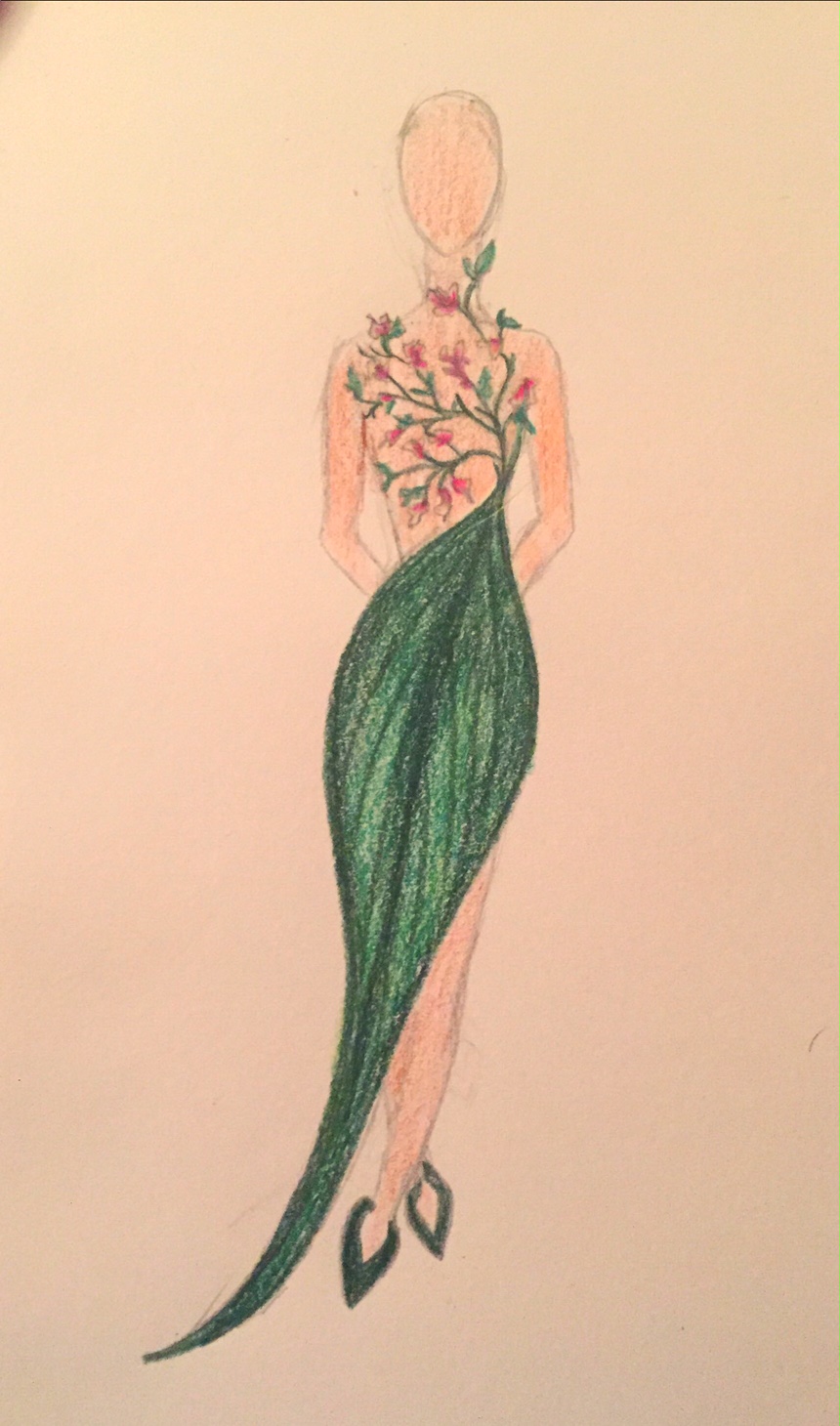



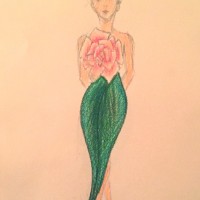
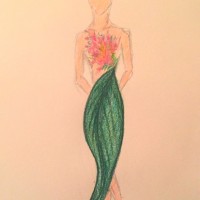
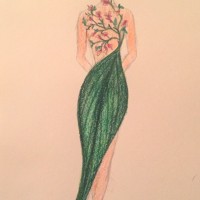
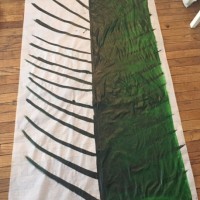
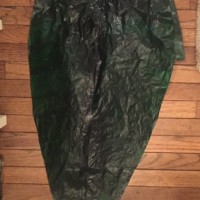
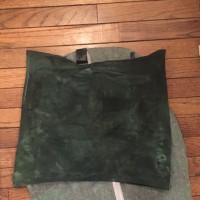
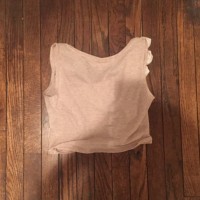
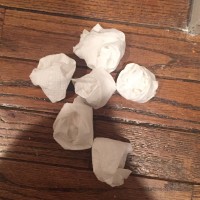
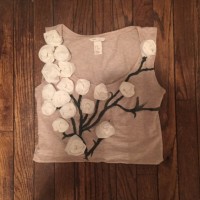
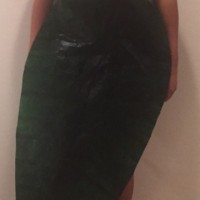
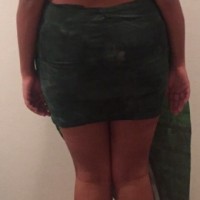
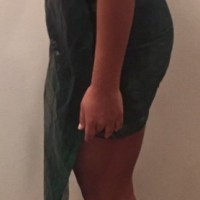
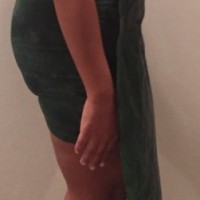



I’m glad you took the time to make revisions and iterations of the design. The project is very well documented. Great work!